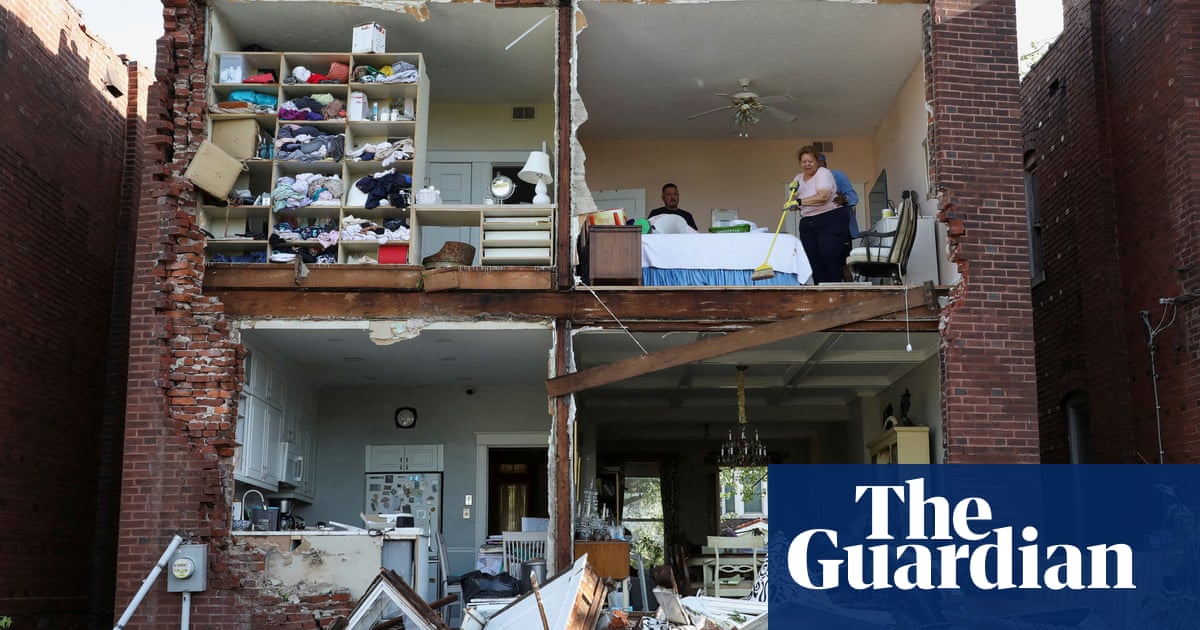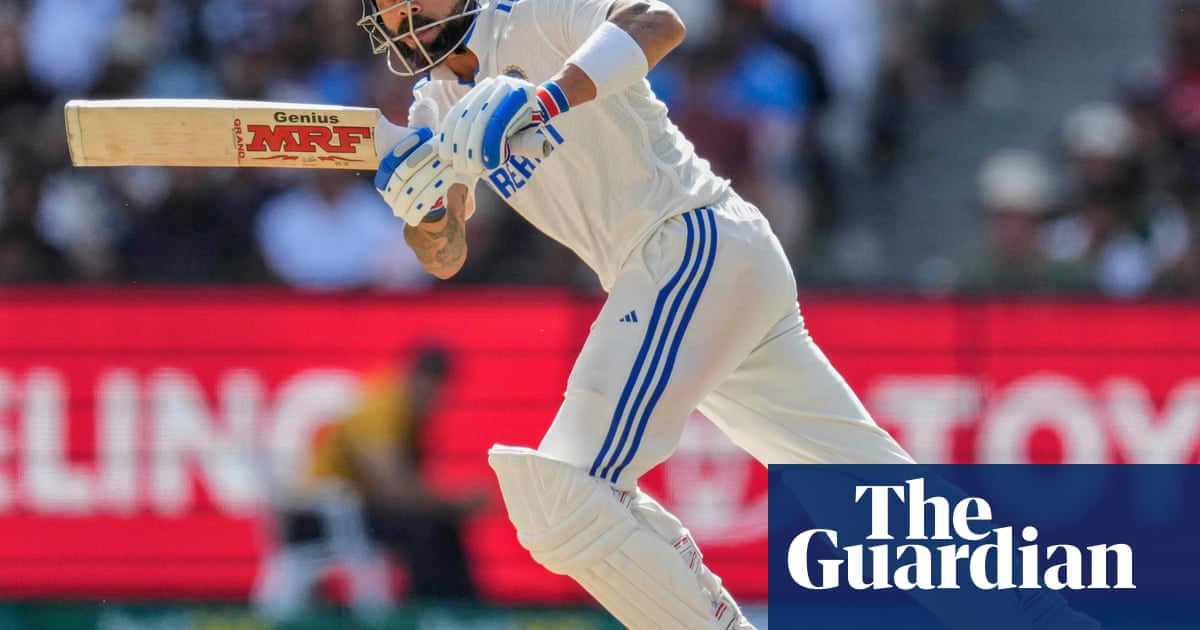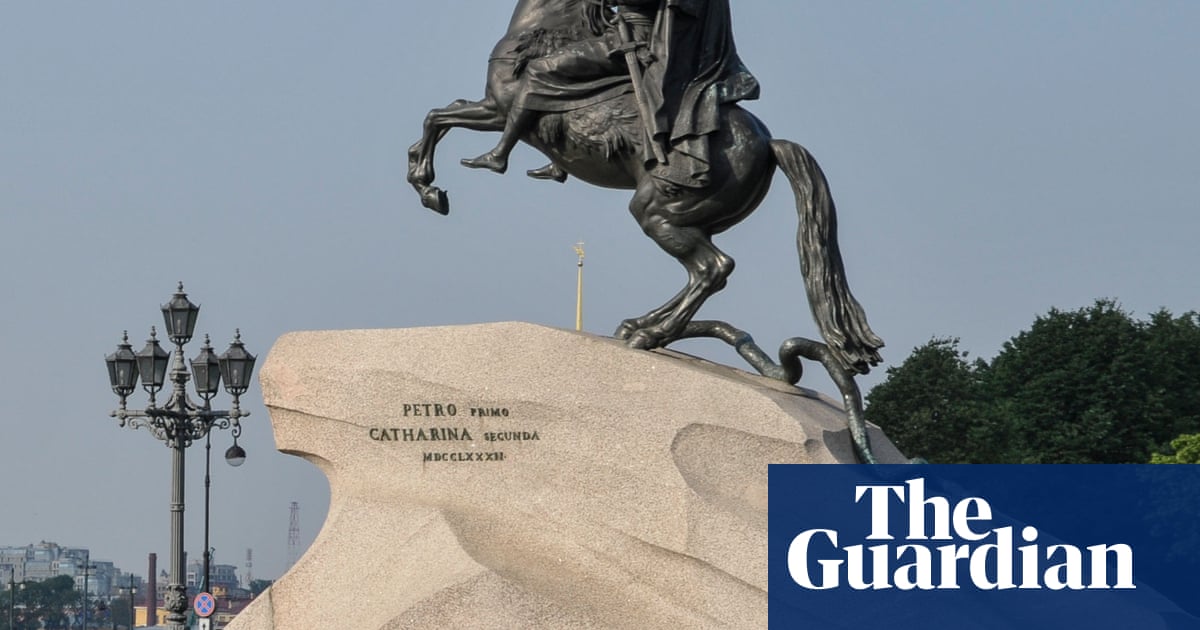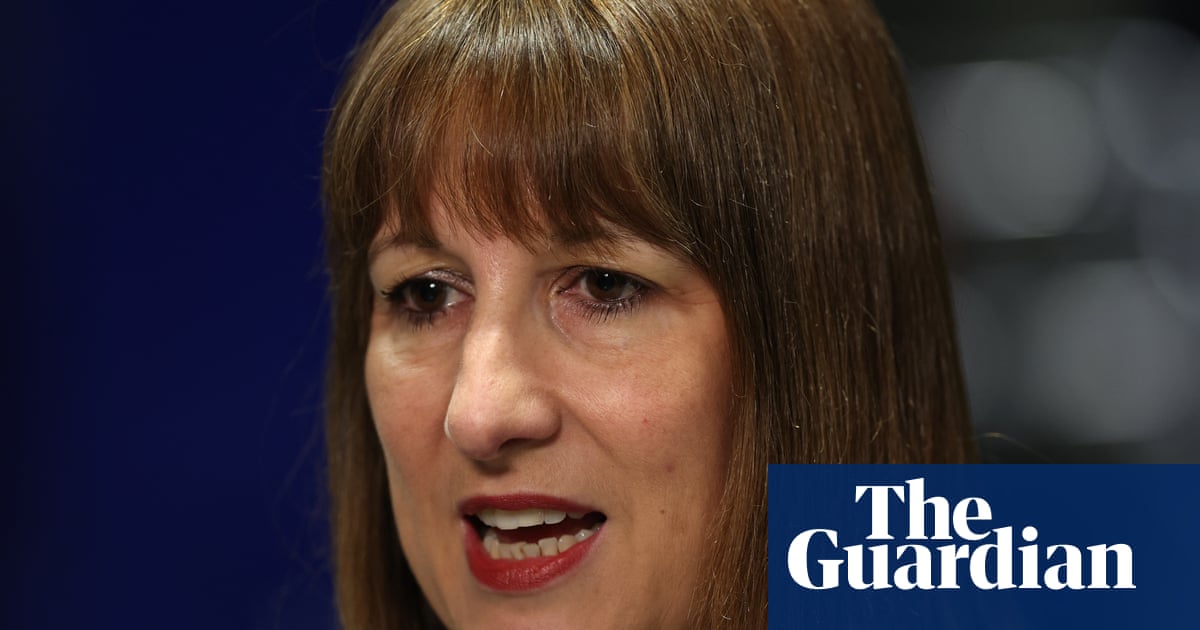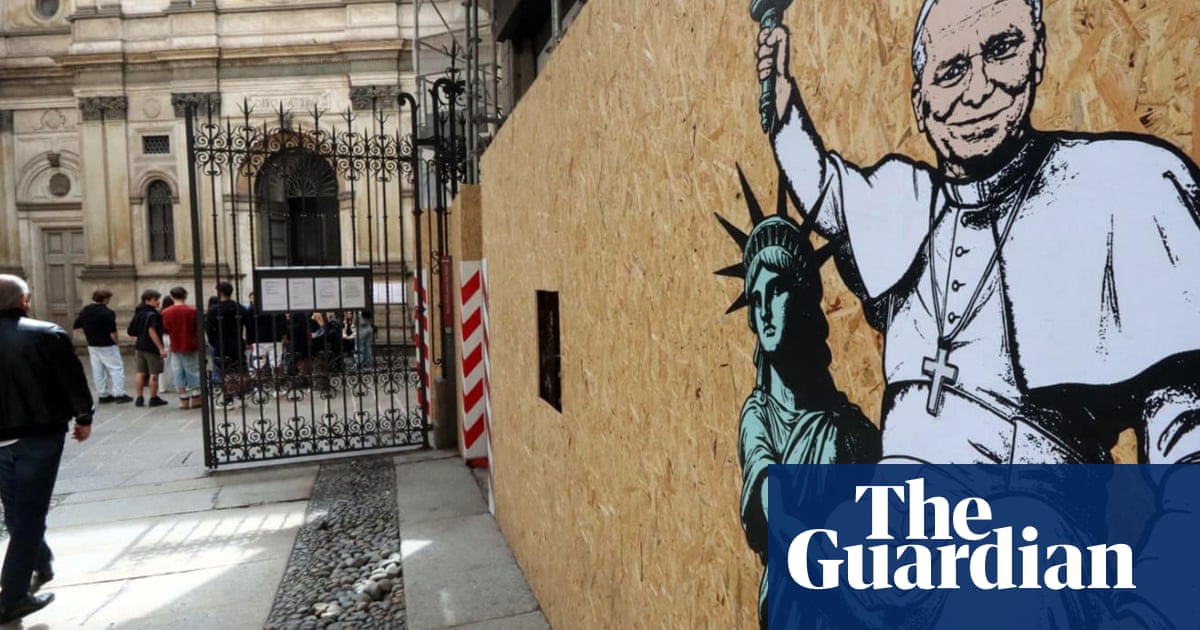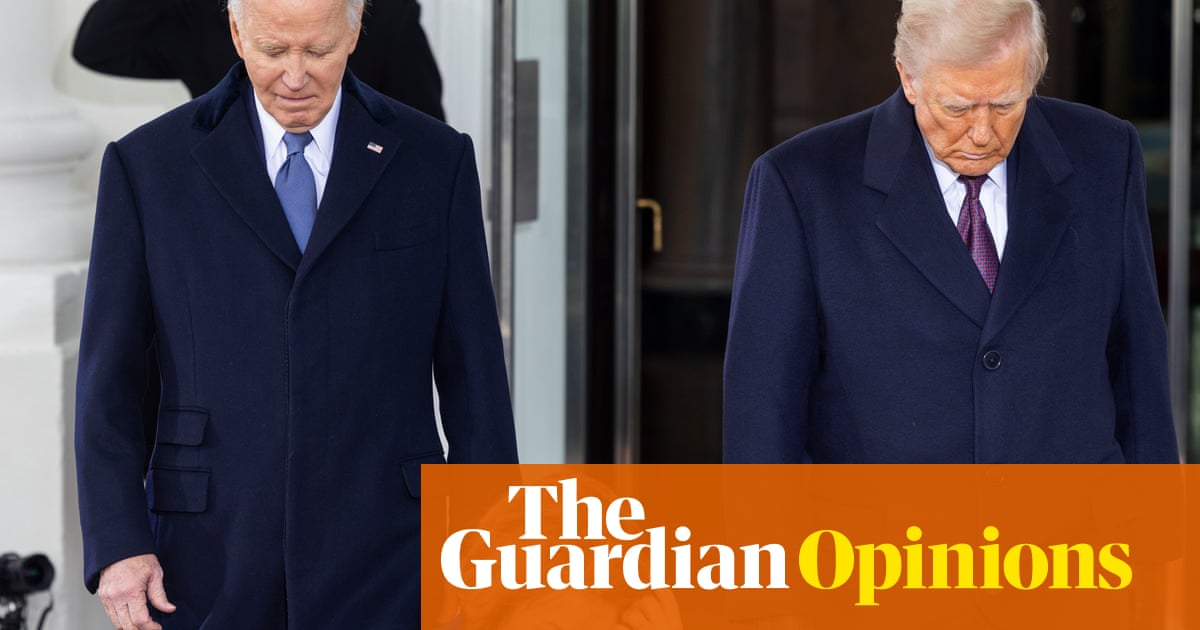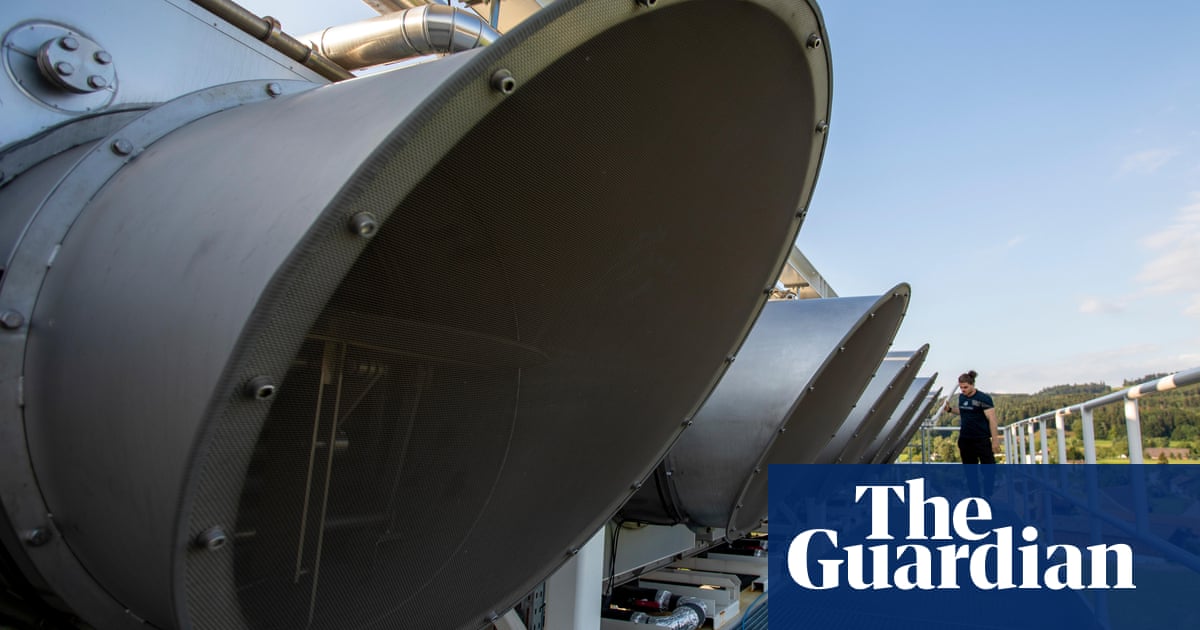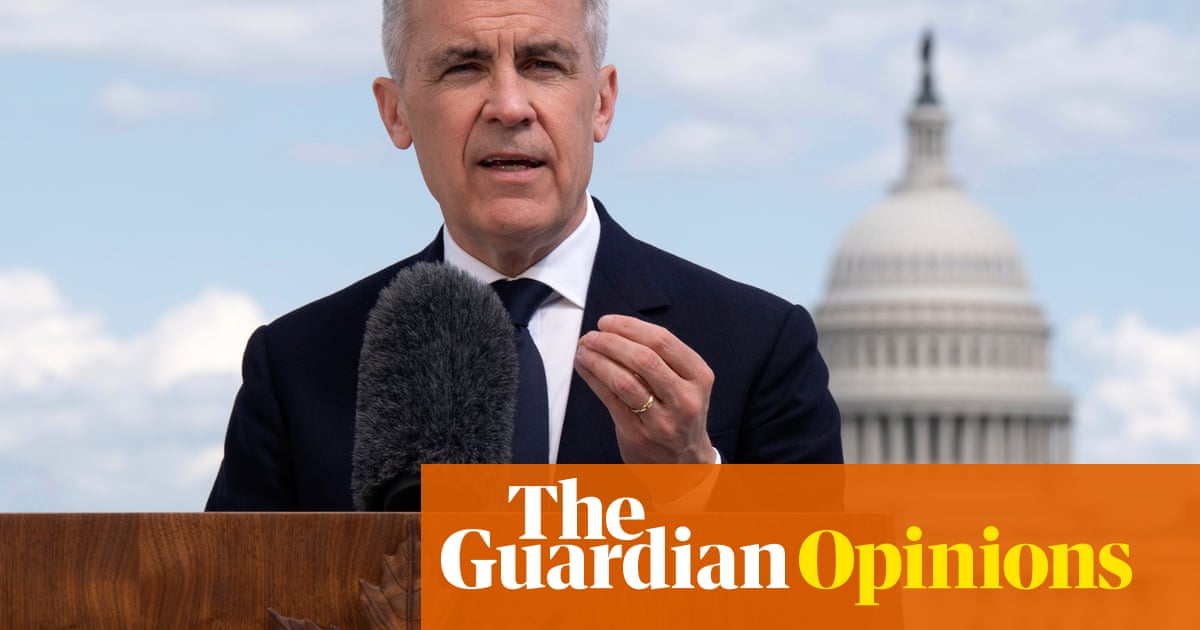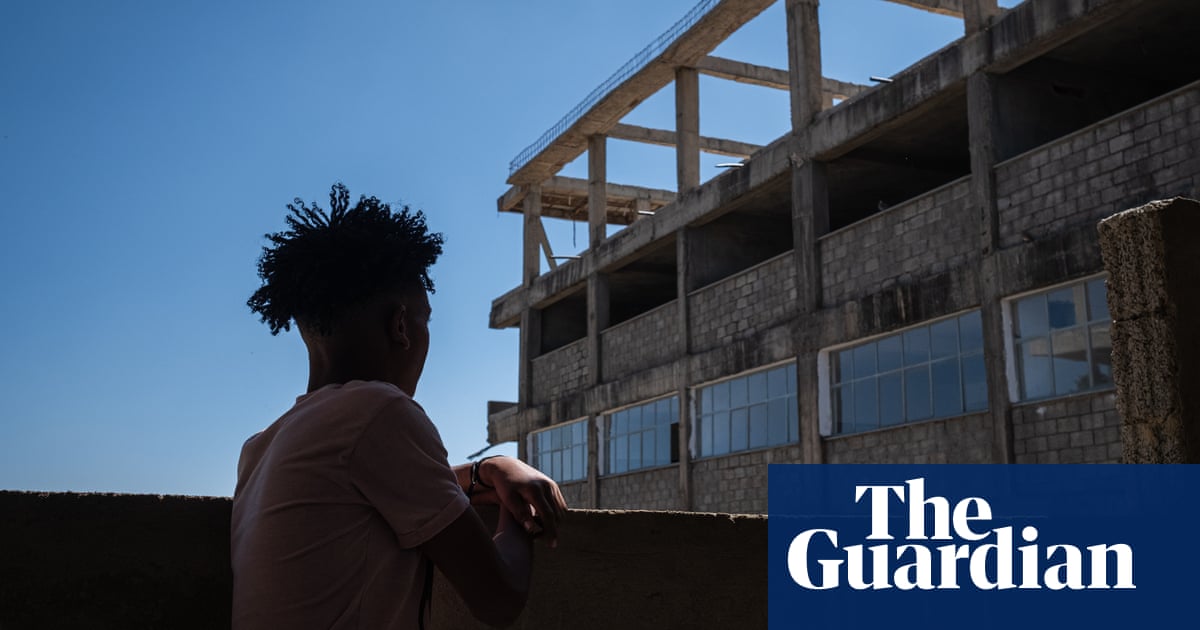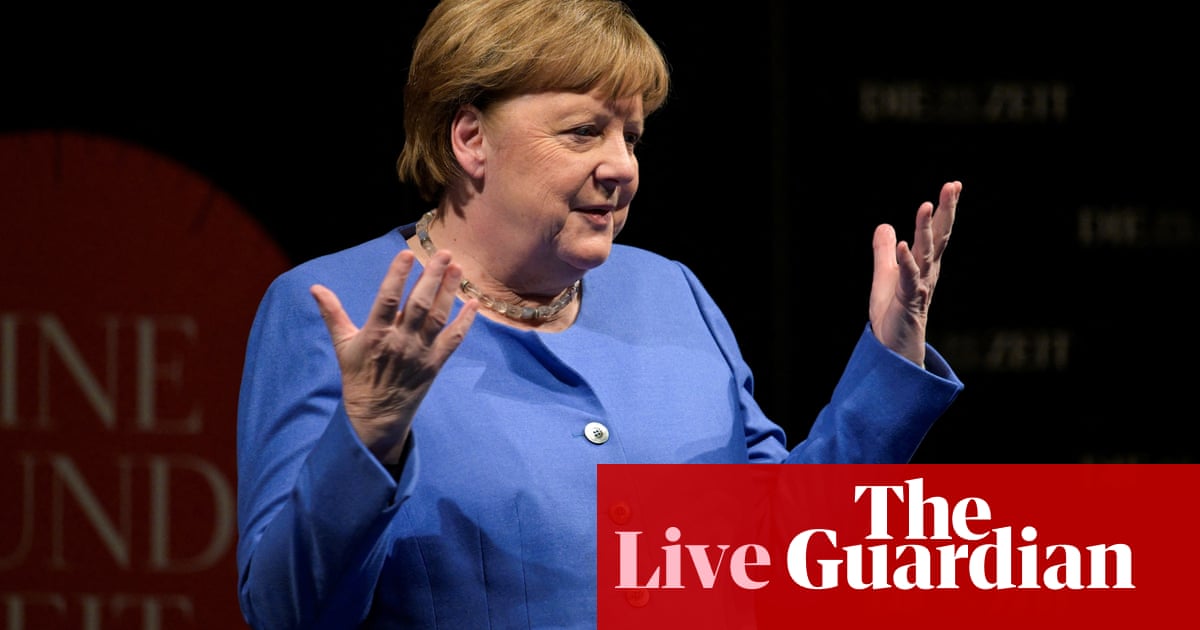EU leaders agreed at their summit with Keir Starmer in Brussels this week that much more spending is urgently needed to support Ukraine and to strengthen Europe’s own defences. But they have yet to get real about how to fund it, how to spend it, or how to staff it.
Nearly three years after Russia’s full-scale invasion of Ukraine upended European security, an immediate and sustained surge in defence investment is needed to rearm Kyiv and protect the continent from Russian aggression and Chinese assertiveness. Some military commanders and intelligence services have said Europe may have as little as three to five years to prepare for a potential Russian attack on a Nato country. Others see a longer timeline of perhaps eight years as a result of Moscow’s heavy casualties in Ukraine. But given the way that Vladimir Putin has hardened his revisionist ideology, built a war economy and forged strategic partnerships with China, Iran and North Korea, the risk of confrontation is clearly rising unless he can be pushed back in Ukraine.
Europe is already facing Russian covert warfare in and around EU and Nato territory, with increasingly frequent acts of sabotage, cyber-attacks, disinformation, election interference and assassination attempts. In recent weeks alone, Russian and Chinese ships have been detained on suspicion of repeatedly cutting undersea cables in the Baltic Sea.
Yet while the imperative to build Europe’s military deterrence is widely acknowledged after three decades of neglect, most European countries face fiscal constraints because of low economic growth, high energy prices and self-imposed deficit rules. We need more money for defence now, yet our politicians dare not take it from pensions, healthcare, education or welfare.
The EU leaders agreed on Monday to explore loosening their strict fiscal rules to allow for a significant increase in national defence spending, perhaps by exempting some or all military expenditure from debt and deficit calculations or using an emergency exception clause – a concession by fiscal hawks such as the Germans and Dutch. But that would not generate sufficient extra money fast enough.
The obvious answer is to borrow now and repay out of future defence budgets. Germany created a €100bn (£83bn) special fund through national borrowing in 2022 to start a catch-up in its threadbare armed forces’ equipment. When that programme is exhausted in 2027, Berlin faces a €30bn to €40bn annual hole in its defence budget just to meet Nato’s existing goal of 2% of GDP, let alone a higher target of 3% or more, likely to be set at the alliance’s summit in June.
The double challenge after the general election in February will be to persuade the new Berlin government to get over its frugal aversion to borrowing to invest, and to convince it that borrowing with European partners will deliver more bang for the euro, and perhaps more orders for German defence companies, than borrowing nationally. The former looks easier than the latter.
Historically, wars have almost always been fought on credit. The UK paid off its final first world war loan in 2015, almost a century after the conflict ended, by issuing new bonds. It would be socially unacceptable and politically suicidal in most west European countries to finance a surge in defence spending in peacetime by slashing social expenditure. Only countries on the frontline with Russia have raised their outlays much beyond the Nato goal, with Poland reaching 4.1% of GDP last year thanks partly to its healthy economic growth.
The Nato secretary general, Mark Rutte, argues that if European countries merely spend more on defence, without reforming antiquated national procurement systems, even 4% won’t be enough. A “big bang” in European military capabilities and personnel is possible in the next decade, but only if Europeans spend their increased defence investment in a much smarter, more collaborative way.
The best way would be for a coalition of willing European countries to establish a fund of up to €500bn (£416bn) through collective borrowing, to finance jointly procured equipment consistent with Nato’s force requirements such as a European air and missile defence shield, a European cyber-shield, strategic airlift and air-to-air refuelling tankers. Such an intergovernmental fund, which might be managed by the European Investment Bank (EIB) or another existing institution, would avoid vetoes by neutral, non-aligned or pro-Russian EU countries, while allowing the UK, Norway and EU candidate countries including Turkey to join, if they so wish.
The money would be available well before the next EU long-term budget takes effect in 2028, and would enable European countries to front-load their defence spending and order urgently needed air defence missiles and other kit on credit. At the same time, unspent money in the current EU budget for regional development and Covid-19 recovery should be repurposed to adapt ports, bridges, roads and railheads for military mobility to help reinforce the eastern flank.
Moreover, EU finance ministers should instruct the EIB to change its lending guidelines to permit investment in arms and ammunition production, not just so-called dual-use technologies. That would signal to institutional and private investors that defence is a European public good, consistent with those environmental, social and governance principles that prompted some to divest from the sector.
EU governments are torn over whether to allow future EU defence funds to be spent on third-country suppliers, as Poland, Sweden and the Netherlands want, or to limit them to EU-based and owned defence companies, as France insists. Given the limited production capacity in Europe’s fragmented defence sector after 30 years of shrinkage, countries are bound to go farther afield if they want to rearm swiftly. Poland, for example, has turned to the United States and South Korea for most of its new kit. The UK and Turkey have strong aerospace and defence industries that could contribute to a European defence surge if they are not shut out.
Another hurdle to boosting European defence is a shortage of skilled personnel for the armed forces, defence companies and cybersecurity. Many armies have shrunk to their lowest levels since the 19th century. While Nordic and Baltic countries are moving back towards conscription, which Finland never abandoned, other European states should build up their reserves with regular training and exercising. They should also register young people of both sexes at age 18 to identify candidates and skills for selective military and civil defence tasks. Women are the most underutilised resource for European defence.
The purpose of the exercise would be to persuade Russia that it would face an overwhelming response to any attack on a European country, whether or not the US came to Europe’s defence. Investing in deterrence is therefore an investment in peace, to avoid war.
-
Paul Taylor is a senior visiting fellow at the European Policy Centre

 3 months ago
44
3 months ago
44

